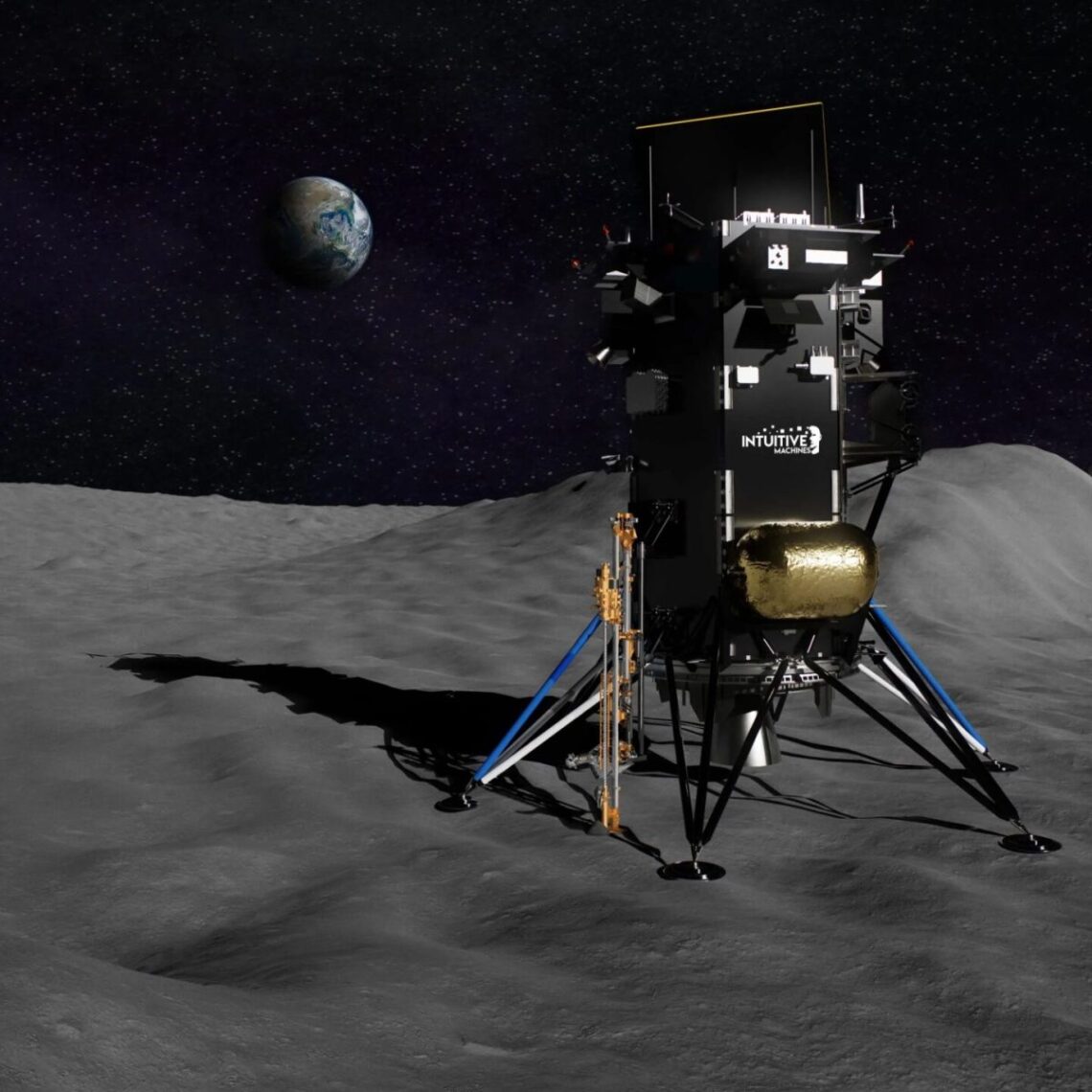Enough commercial activity is heading to the moon in the next few months to create a traffic jam. Firefly Aerospace, ispace and Intuitive Machines are all launching commercial lunar lander missions by early 2025, all on Falcon 9 rockets. That surge of missions makes it uncertain who exactly will be launching when. At a meeting of the Lunar Exploration Analysis Group in Houston Oct. 29, Firefly’s Joseph Marlin declined to offer a more specific launch date for its Blue Ghost 1 lander than some time in the fourth quarter of this year. “SpaceX is still sorting out its schedule,” he said.
At first glance, that surge in activity would appear to be a sign of an expanding market for commercial activities at the moon. But both Blue Ghost 1 and Intuitive Machines’ IM-2 missions have NASA as its largest customer by far, accounting for most of the payload and most of the revenue for them through the agency’s Commercial Lunar Payload Services (CLPS) program. The ispace lander for its M2 mission does not have NASA as a customer, but its manifest of payloads is relatively modest, ranging from the company’s own rover to “Moonhouse,” a small model house by a Swedish artist.
While CLPS was intended to help stimulate commercial lunar capabilities, that has not resulted in a surge of commercial demand for the landers it has enabled. That was the conclusion of a recent report by the Center for Strategic and International Studies (CSIS) that offered a critical examination of lunar activities.
Commercial lunar dreams remain grounded
“There is no indication of a lunar gold rush because there are no strong revenue-generating businesses centered around cislunar activities anchored by commercial customers,” the report stated. The activity seen today, it noted, has government agencies, like NASA, as primary customers.
“Truly commercial uses of the moon remain a chimera, with no obvious sign this could change in the next several years,” the report…
Read the full article here

